The Beginnings of Special Forces
Fascist aggression in both Europe and the Pacific during World War II saw the need for the creation of military forces capable of conducting unconventional warfare in occupied territories.
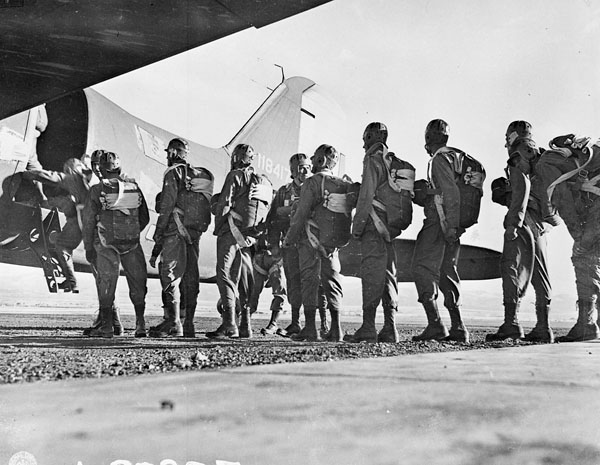
The First Special Service Force (FSSF), constituted on July 5, 1942, was a combined U.S. and Canadian unit originally formed to conduct unconventional warfare in Nazi-occupied Norway. When that mission was canceled, the FSSF was repurposed for combat operations in the Aleutian Islands, Italy, and Southern France. It was officially disbanded on January 6, 1945 in Southern France.
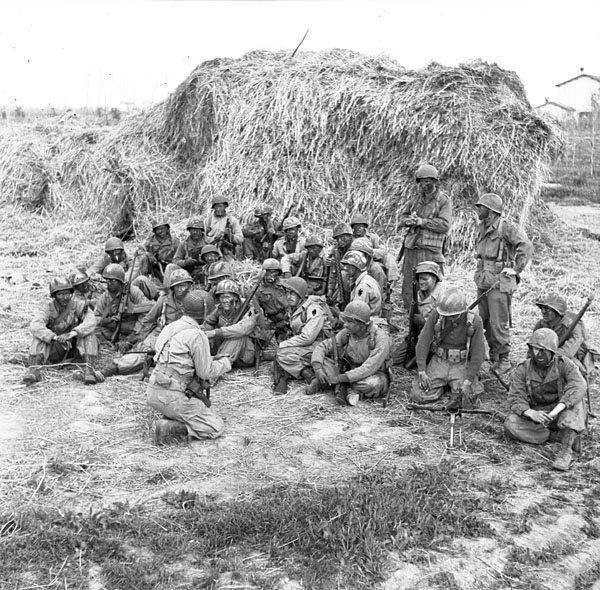
Although not in the official lineage of Special Forces, the experiences of other Special Operations elements contributed to the organization and doctrine of Special Forces. They include the Philippine guerrillas, elements of the Special Operations and Operational Groups Branches of the Office of Strategic Services (OSS), the Alamo Scouts, Merrill’s Marauders, the Korean War guerrilla command, and conventional airborne units. All of these units conducted operations in enemy-occupied territory or worked with resistance groups. The experiences and proven tactical exploits of these storied units all combined to help create the foundation of the modern Army Special Forces.

In 1951, former Philippine guerrilla Lieutenant Colonel Russell W. Volckmann wrote Field Manual 31-21: Organization and Conduct of Guerilla Warfare. It set the doctrinal foundation for the first Special Forces unit.
Formation of the 10th Special Forces Group (Airborne)
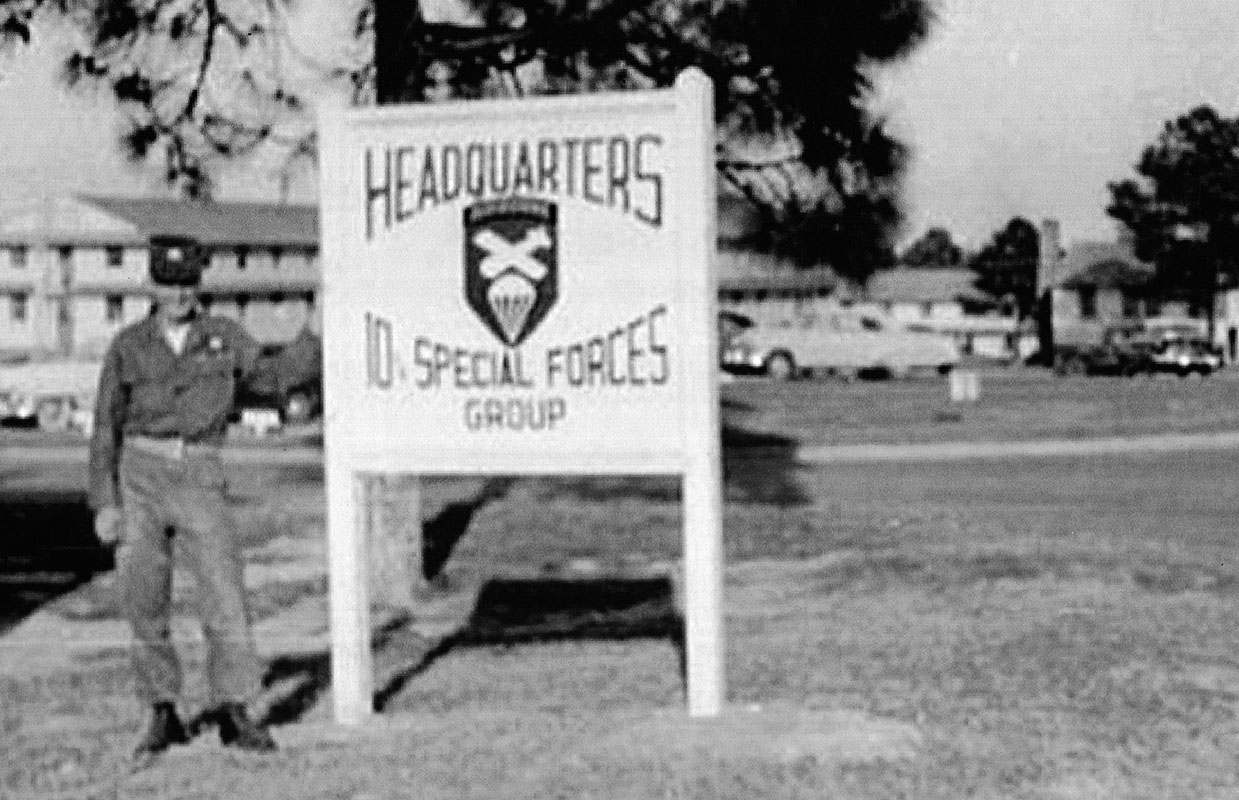
The 10th Special Forces Group, activated on June 19, 1952 under the Psychological Warfare Center, Fort Bragg, North Carolina was the first modern Special Forces unit—“The Originals”. Under the leadership of OSS veteran Colonel Aaron Bank, the 10th Special Forces Group (Airborne) deployed to Bad Tölz, Germany, September 1953. 10th Group remained a bulwark of unconventional warfare deterrence in Europe until 1968 when all but the 1st Battalion re-deployed to the U.S. at Fort Devens, Massachusetts.

Now located at Panzer Kaserne in Stuttgart, the 1st Battalion, 10th Special Forces Group (Airborne) remains forward deployed in Germany. The group headquarters, 2nd and 3rd Battalion moved from Fort Devens to Fort Carson, Colorado between September 1994 and September 1995. A Group Support Battalion was activated on January 6, 2006 and a fourth operational battalion was activated on August 19, 2010.
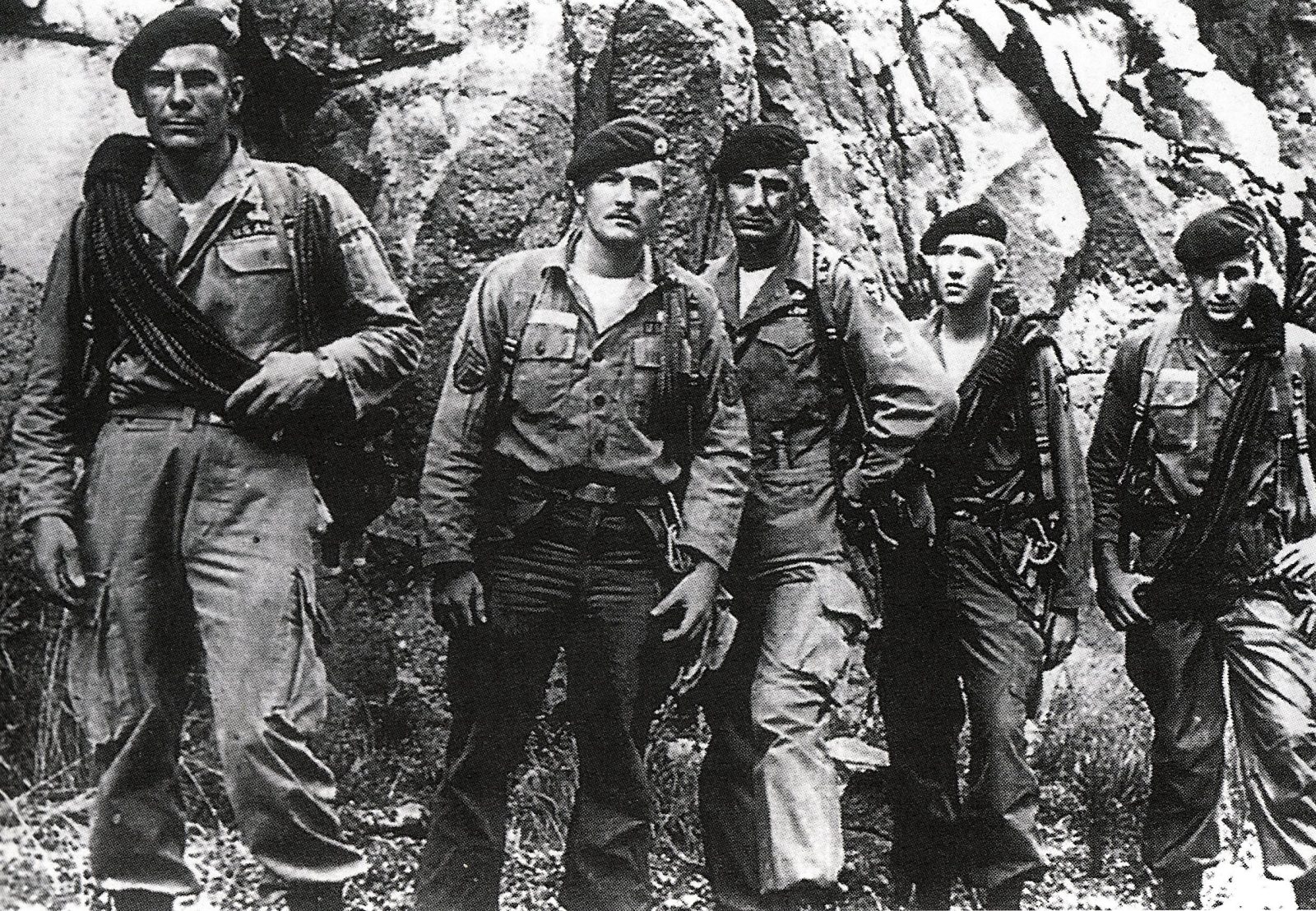
Cold War Era and Post-Soviet Years
Special Forces Soldiers first saw combat in 1953 as individuals deployed from 10th SFG(A) to Korea. These Soldiers worked with partisans under the Guerrilla Command late in the Korean War while the core cadre planned and trained for unconventional warfare in Europe as the Cold War began to intensify.
10th Group remained heavily engaged throughout Europe, Middle East and Africa as the dark years of the Cold War raged. With the primary mission to conduct partisan warfare behind enemy lines in the event of a Soviet invasion of Europe, many of their Cold War missions remain classified to this day.
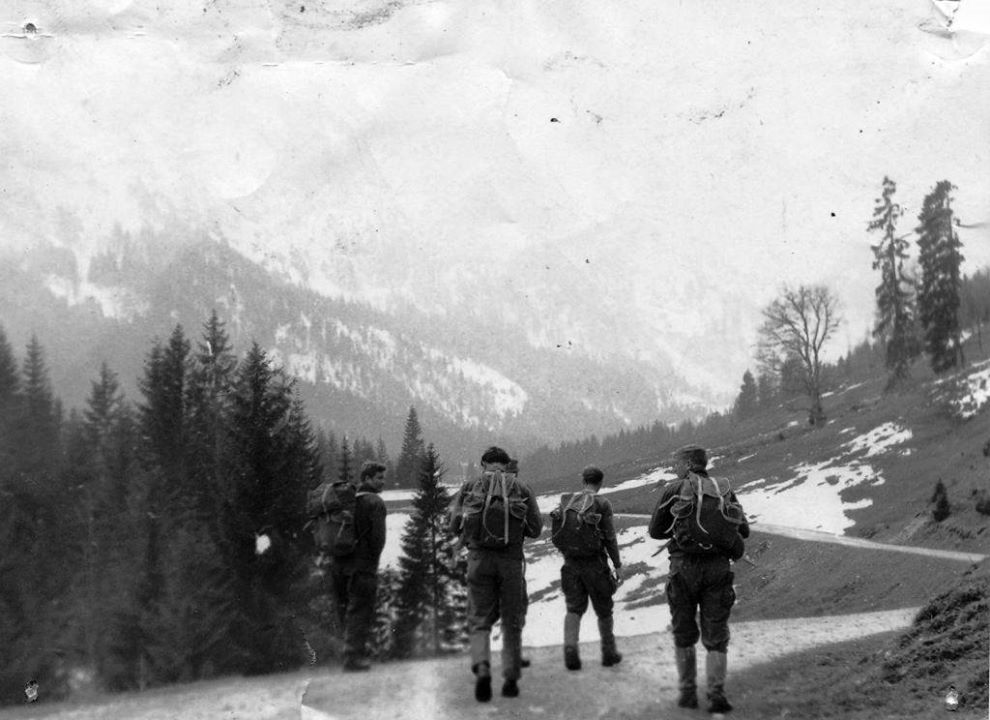
After the fall of the Soviet Union in 1991, the role of and mission of the 10th Special Forces Group both changed and intensified as new partnerships started to flourish in the former Soviet states of Eastern Europe.
During the first Persian Gulf War, 10th SFG(A) Soldiers worked closely with Saudi National Guard Forces, including accompanying them in the first direct ground engagement of Desert Shield/Storm during the Battle of Kahfji. Other elements of the Group worked through Turkey to coordinate surrogate forces in the Kurdish Region of Iraq through the end of the conflict.
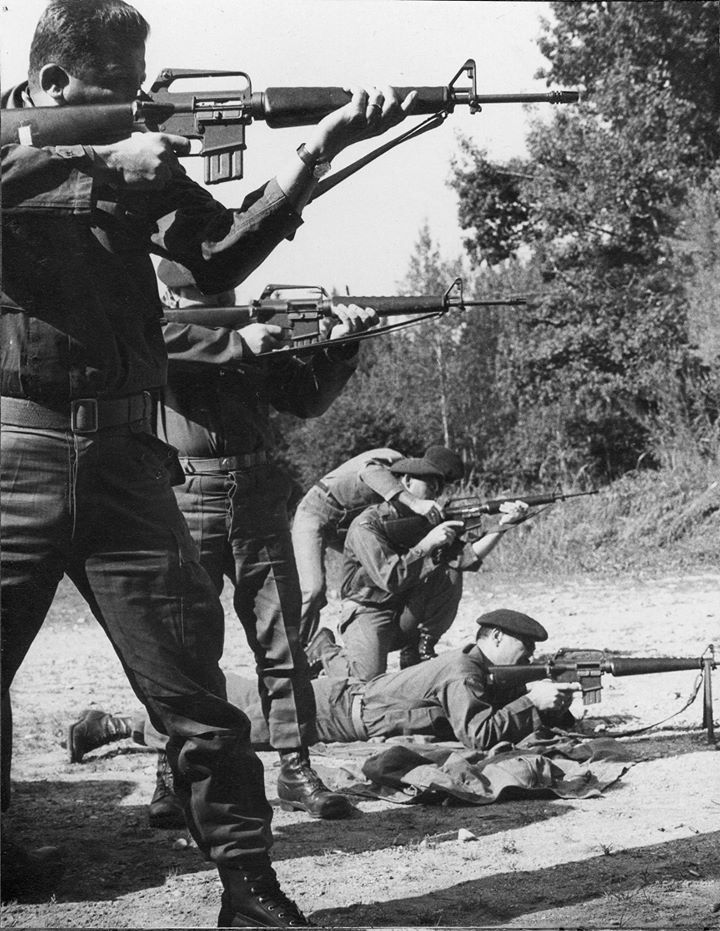
10th Group led the 1st Armored Division into Bosnia in December 1995, where several soldiers eventually distinguished themselves by conducting some of the first combat operations of the Global War on Terror in 2001. The Group also led the U.S. Military into Kosovo in 1999, with Trojan Warriors being decorated for conducting some of the first Joint Russian/American Combat Operations in Kosovo against KLA insurgents in 2001.
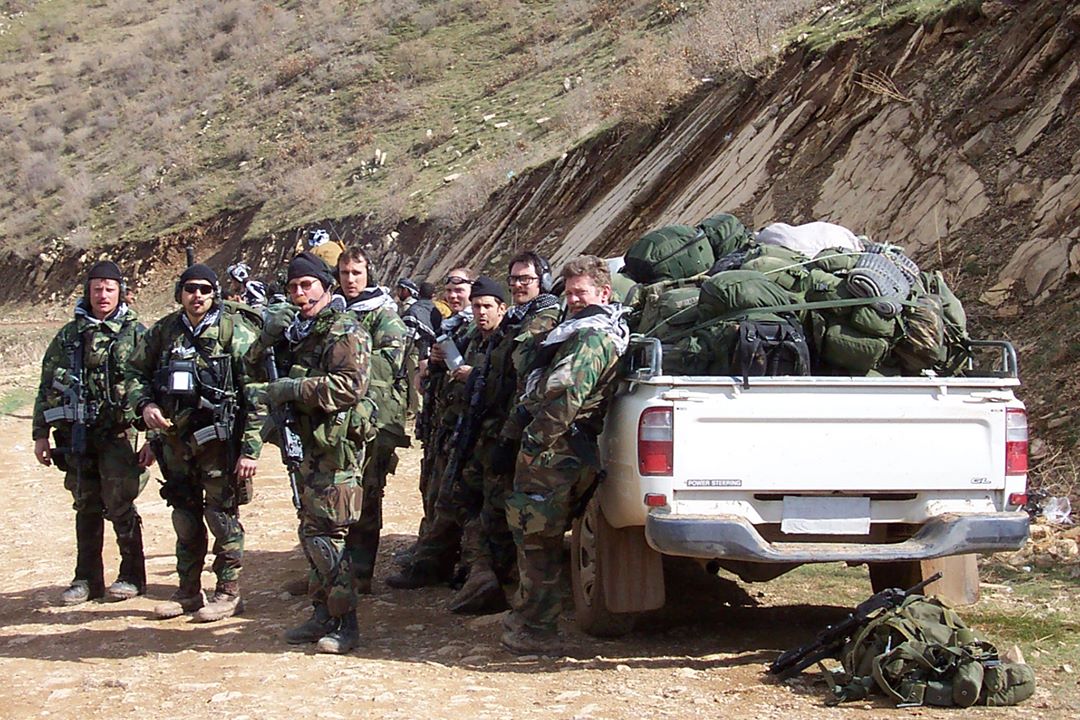
Modern Conflicts and Future Innovations
In the post 9-11 Global War on Terrorism saw the mission and focus of the 10th Special Forces Group change and expand yet again. From the initial creation of a northern front in Operation Iraqi Freedom through the leveraging of indigenous Kurd forces, to continued rotations in Europe, Africa and Afghanistan.“The Originals” continue the legacy of esprit de corps, quiet professionalism, honor, and elite capabilities as hallmarks of the 10th Special Forces Group.
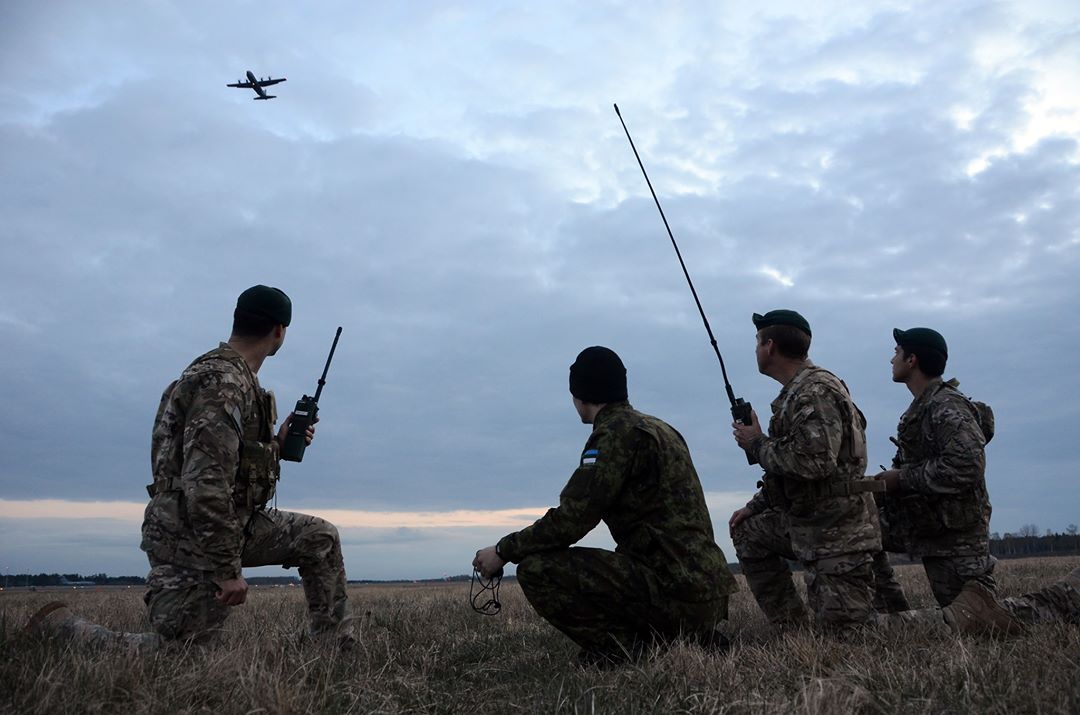
The marriage of these core strengths of the Group’s warriors and the adaptability to face the emerging threats of tomorrow with technical innovation are what earn the 10th Special Forces Group (Airborne) their moniker of “The Best”.
—–
Credit: 10th Special Forces Group – Airborne, Public Affairs Office. June 19, 2020
Additional photos and captions added by Lawrence Holsworth
